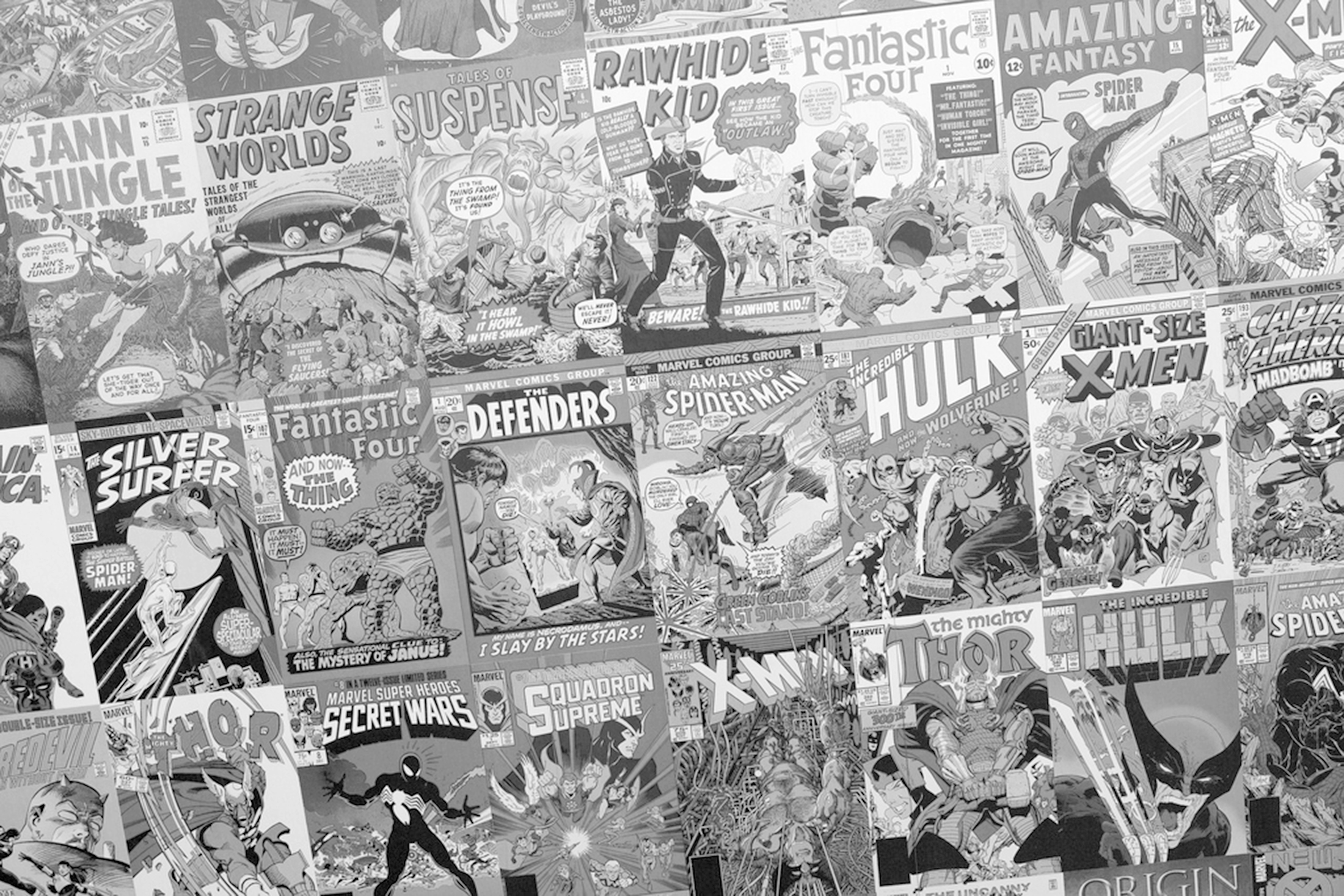The transmission of lessons throughout time has changed dramatically, beginning with the ancient Socratic method and the phrase ‘question everything’, to the modern use of technology in the classroom.
The methods that are used today are diverse and eclectic, fitting often to the teaching style of the professor or instructor, or to the specific needs of the student.
Yet there is a form of media that has the chance to be used to great purpose due to its easily understood style and rendering, yet sees little functional use: the comic book.
Comics have been a large part of culture and development from the silver age of comics right up to the modern DC and Marvel movies.
They are fun, easy to read and understand, and have a dramatic effect on how certain morals and cultural phenomena are viewed. So why aren’t they used as a more direct means of transmitting information?
The argument could be made that comic books, as medium, are a form of ‘entertainment media’ and as such they do not have a place in the modern classroom.
They are more often than not seen as a distraction from school work rather than a legitimate source of education.
However, this is not necessarily true, dating even as far back as the silver age, where comics were used to teach those who read them (with the original target audience typically being young boys) a sense of morality, or good versus evil.
This is most readily displayed through Captain America, who as an icon fought against the evils of Nazi Germany, and later Soviet Russia.
Now Captain America is quite easily pointed out as propaganda, however propaganda can be educational, like a Smokey Bear poster attempting to raise awareness of forest fires and their causes.
Once a reader of comics has a picture of this icon, i.e. Captain America, as a morally upright figure, the publishers can use Captain America’s image to transmit lessons in the form of parables out of the mouth of a hero.
So how does this apply to modern education?
Today comic books are so ingrained in our society that thousands of people flood the theaters to see what the movie industry has done with their favorite icons.
Their popularity shows the success of their ability to transmit and capture an audience.
This ability to capture attention can be used in a more direct fashion in education.
Textbooks supplemented with educational comic books that use images as well as words in order to explain simple and complex ideas.
Many would actually claim it is impossible to transmit such information through the use of comics as they are not a sophisticated enough medium, however in some cases it has already been done.
In 1990 Larry Gonick began writing the Cartoon History of the Universe, a comic book that spans the beginning of time up to the modern age.
The multiple volume set was incredibly popular in how it broke down major historical events into a series of cartoons that used both relevant information and humor in order to transmit the information.
They are fun, easy to read and understand. and have a dramatic effect on how certain morals and cultural phenomena are viewed.
So why not?
The use of comics as a medium in education is not only conceivable, but indeed plausible in many cases, and would make education in subjects such as math, history, and the sciences a lot more entertaining for generations to come.
The question is whether or not anyone would be willing to use them in a classroom, as in many cases such as physics, history (as mentioned previously), and mathematics, the texts already exist.
